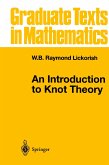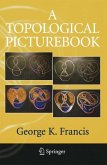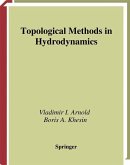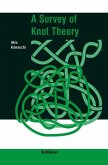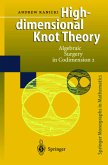This monograph is Part 1 of a book project intended to give a full account of Jorgensen's theory of punctured torus Kleinian groups and its generalization, with application to knot theory.
Although Jorgensen's original work was not published in complete form, it has been a source of inspiration. In particular, it has motivated and guided Thurston's revolutionary study of low-dimensional geometric topology.
In this monograph, we give an elementary and self-contained description of Jorgensen's theory with a complete proof. Through various informative illustrations, readers are naturally led to an intuitive, synthetic grasp of the theory, which clarifies how a very simple fuchsian group evolves into complicated Kleinian groups.
Although Jorgensen's original work was not published in complete form, it has been a source of inspiration. In particular, it has motivated and guided Thurston's revolutionary study of low-dimensional geometric topology.
In this monograph, we give an elementary and self-contained description of Jorgensen's theory with a complete proof. Through various informative illustrations, readers are naturally led to an intuitive, synthetic grasp of the theory, which clarifies how a very simple fuchsian group evolves into complicated Kleinian groups.
From the reviews:
"The present monograph is Part 1 of a book intended to give a full account of Jørgensen's theory of punctured torus Kleinian groups and its generalization. ... This monograph written by well-known experts is an excellent presentation of Jørgensen's theory with many informative illustrations. It will be very useful for researchers working on modern problems in quasifuchsian group theory, hyperbolic and geometry and hyperbolic knot theory." (Andrei Vesnin, Zentralblatt MATH, Vol. 1132 (10), 2008)
"The present monograph is Part 1 of a book intended to give a full account of Jørgensen's theory of punctured torus Kleinian groups and its generalization. ... This monograph written by well-known experts is an excellent presentation of Jørgensen's theory with many informative illustrations. It will be very useful for researchers working on modern problems in quasifuchsian group theory, hyperbolic and geometry and hyperbolic knot theory." (Andrei Vesnin, Zentralblatt MATH, Vol. 1132 (10), 2008)



